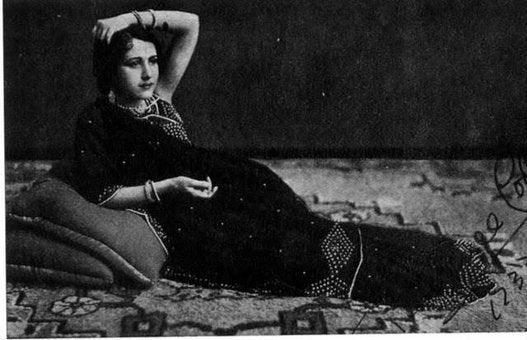
More than a decade after Bollywood film star Parveen Babi's death and following the controversy over the genuineness of her will, the Bombay High Court finally accepted the document as authentic.
According to a report in The Times of India, Babi, a celebrated and glamorous actress in the 1970s and 80s, had left a will with her maternal uncle, according to which 80 percent of her assets were to be pledged to societies and organisations dedicated to women and child development. The remaining 20 percent of her estate was left to her uncle, 82-year-old Muradkhan.
The report says that ten percent from the money allotted for welfare activities will be given to St Xavier's College in Ahmedabad, where Babi did her Master's in English Literature before taking up modelling.
There was controversy around the will, produced in court after her death in 2005, because Babi's paternal relatives had challenged its authenticity.
India Today has reported that the Babi's estate included:
"...A sea-facing flat with four bedrooms in Juhu, a haveli in Junagadh, jewellery and deposits worth ₹20 lakh in banks plus other investments."
Babi, known for her roles in films such as Namak Halaal (1982), Deewaar (1975) and Rang Birangi (1983) among others, died alone in her Mumbai flat on 22 January 2005 from complications arising due to diabetes. Alarm was raised by her neighbours when they saw that the actor had not picked up milk and newspapers from her doorstep for three days, according to the Hindustan Times.
Also On HuffPost:
